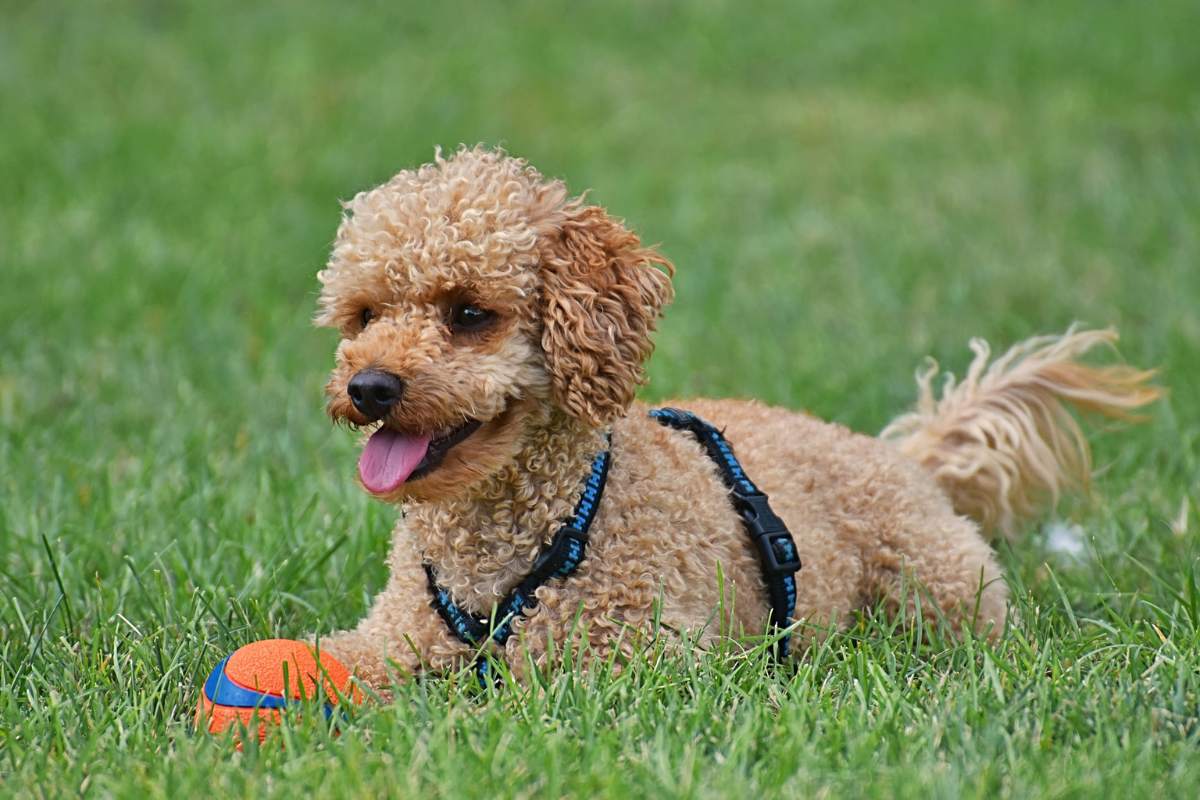Poodles, also known as Caniche in French and Pudel in German, are a breed of water dog originally from Germany and France. They are divided into four categories: Toy, Miniature, Standard, and Moyen poodles. Toy poodles are the smallest variety of poodles, while Standard poodles are the largest. All varieties of Poodles have common characteristics, such as a long and curly coat, an elegant gait, and intelligence. They have a reputation for being active, loyal, and extremely intelligent, making them ideal family pets.
13 Characteristics of Poodles
Here we will discuss the physical characteristics of poodles and some behavioral traits associated with the breed. Read on to learn more about this unique breed.
1. Long, Curly Coat

Poodles come in a wide variety of stunning coat colors, from black and white to red and apricot. Their coats have a harsh texture due to their thick outer coat made up of fluffy, curly, and corded hairs that give them that extra fluffiness.
Parti-colored poodles are a mix of two different colors, such as black and white, while phantom poodles have base color patches on the ears, face, and legs, along with one main color covering most of their body. The fur of most poodles naturally grows long and hangs quite close to their body, though some owners prefer to keep it short, so they will require frequent grooming.
2. Long, Narrow Head
Poodles have long, narrow heads with prominent eyes and ears that are set low on their skull. Their medium-length muzzle is slightly pointed at the end, giving them an aristocratic look and adding to their elegance. Their heads are the same color as their body and are covered in the same long, curly coat, except for their snout, which is usually bald.
3. Muscled Body With an Athletic Build

The poodle, famous for its curly coat and dainty size, is not only pleasing to the eye but also strong and muscular beneath the fur. Having an athletic build, these furry companions are surprisingly powerful, agile, and worthy companions for anyone seeking an active lifestyle.
Despite their size, they possess an impressive capacity for remarkable feats of strength that may surprise even their owners. The body structure of poodles ranges in size from toy to standard, with all possessing well-defined musculature throughout their bodies. The legs are most notably muscular, enabling them to jump great heights and remain steady while running at fast speeds on any terrain.
4. Tiny Feet
Poodles have unique feet that are relatively small in comparison to their body size and are also covered with long fur. This makes them look like they’re wearing fuzzy slippers, giving them a unique, elegant look.
Their feet are slightly webbed, aiding in their ability to swim in search of waterfowl, which is what they were originally bred to do. Thanks to their webbed paws, these miniature dogs are quick and precise, especially when working in water.
5. Long Legs
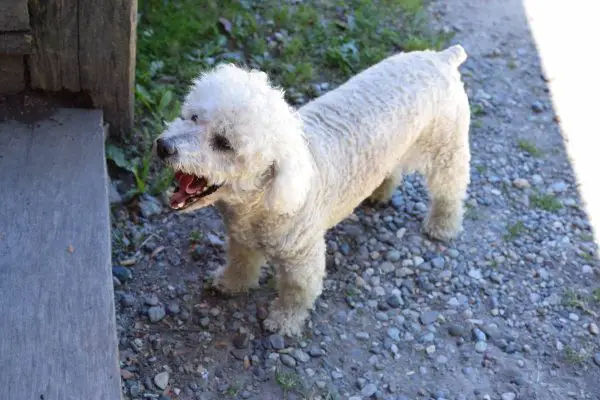
Toy and Miniature Poodles usually have short legs, while Standard Poodles typically have longer legs. This gives them a pronounced and graceful gait, which has earned them the nickname “the prancing poodle.”
When walking or running, they hold their head up high and their back straight and level with a lightness to their step that makes them appear to be moving on air. Thanks to this characteristic, poodles make excellent show dogs, often competing in agility and obedience competitions.
6. Floppy Ears
Poodles have floppy ears that fall over their ear canal on each side of their head. This makes them more prone to ear infections than other breeds because the long and floppy ears trap moisture and warmth, creating a conducive environment for bacteria to grow.
To minimize this risk, it is essential to keep your pet’s ears dry and clean, or they can become a haven for bacteria and yeast. Removing excess wax and debris with a moist cotton ball or unscented baby wipe can help keep your puppy’s ears healthy.
Furthermore, if there is any sign of infection, such as redness, pain, itching, or discharge, it is wise to consult with your veterinarian right away, as these symptoms could be indicative of an underlying medical issue.
7. Poodles Are Quite Talkative
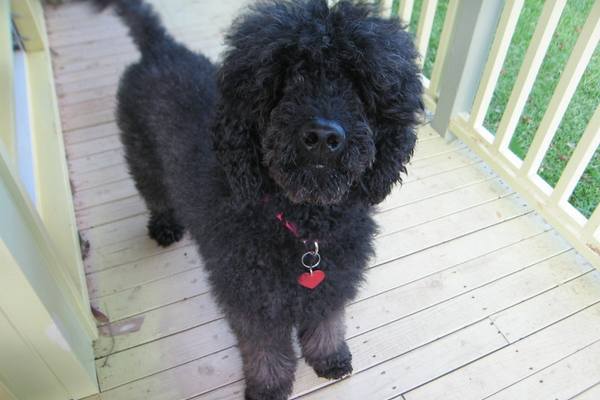
Poodles are exceptional dogs because they are quite talkative and can communicate with their owners. Through growling, barking, snorting, and whining, poodles often try to get their owners’ attention to let them know when something’s not quite right.
Their vocabularies can be quite impressive, and if you listen closely, you’ll be able to spot the differences between a happy-sounding bark versus one that’s saying they really need help now! Poodles have been known to be some of the more intelligent breeds out there, and their words are just another example of this. If your poodle is voicing their concerns on something, it’s best that you pay attention so that you can address whatever’s wrong.
8. Almond-Shaped, Dark-Colored Eyes
Poodles typically have almond-shaped eyes set wide apart, giving them an attentive and intelligent expression. The eyes are usually dark brown in color and very expressive.
They also have long, thick eyelashes, which add to their beauty and make the eyes appear even larger. Unfortunately, they may be prone to eye problems such as cataracts, progressive retinal atrophy, and glaucoma. Therefore, it’s essential to have your pet’s eyes checked regularly by a veterinarian to ensure that any eye issues are addressed promptly.
9. Strong, Impressive Jaws
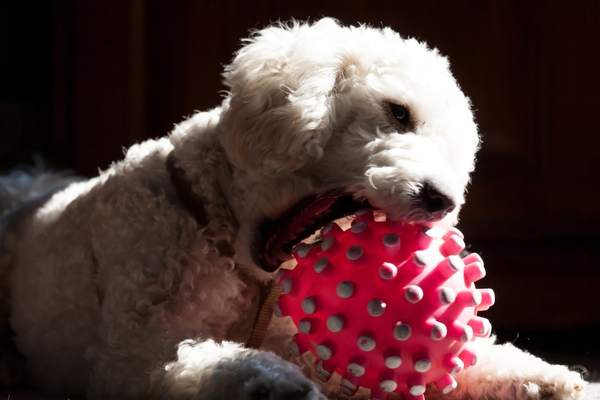
Poodles have some impressive jaws thanks to an efficient anatomic design. This canine breed is equipped with a scissor-like bite pattern, meaning the upper and lower incisors overlap and interlock when they close their mouth. Also, the poodle’s lower jaw is stretched forward from the skull and projects outward beyond the top line of its muzzle, which allows better mobility when biting.
When it comes to bite force, research has found that poodles can exert a pressure of 200 to 400 PSI when their jaws are closed. They also have many incisors (up to twelve), making them particularly effective for gripping, holding onto objects, or gnawing on bones.
This, along with their great sense of smell, explains why poodles do so well in agility trials, hunt tests, water sports, and other activities that require a good grip.
10. Poodles Have 42 Teeth
Poodles have a unique dental structure—they have 42 teeth in total, which include 12 incisors, four canines, 16 premolars, and ten molars. The incisors are the small sharp teeth that appear near the front of the mouth.
They help the poodle bite off or break down pieces of food into smaller chewable bits. The canine teeth are also called fangs and are larger than the incisors—they’re typically used to catch prey.
The premolars help crush and grind food before it’s swallowed, while the molars assist with the final chewing and grinding action to make food easier to digest. Altogether, these 42 teeth give poodles excellent dental anatomy that allows them to bite easily through most food sources!
11. Body Size

Poodles are available in four sizes – Toy, Miniature, and Standard. The Toy variety usually stands between 9.4 to 11 inches tall, while the Miniature is 11-14 inches tall, and the Standard is 15-22 inches tall.
Poodles are quite skinny compared to other dog breeds, making them ideal pets for small living spaces. Despite their size, they are known to be quite strong and agile, making them capable of engaging in a wide range of activities.
Here is a breakdown of their size and weight based on their categories:
| Height | Weight | |
| Standard Poodles
|
18–24 in
(45–62 cm)
|
44–71 lb
(20–32 kg)
|
| Medium Poodles
|
14–18 in
(35–45 cm)
|
33–42 lb
(15–19 kg) |
| Miniature Poodles
|
11–14 in
(28–35 cm)
|
26–31 lb
(12–14 kg)
|
| Toy Poodles
|
9.4–11.0 in
(24–28 cm) |
6.5–7.5 kg
(14–17 lb)
|
12. High Energy Level
Poodles are known to be quite active and require regular exercise in order to stay healthy and happy. This canine breed is quite energetic, so it’s essential to ensure they get plenty of walks and playtime. Not getting enough physical activity can cause poodles to become bored and develop behavioral issues such as destructive chewing or excessive barking.
It’s also important to note that poodles usually require more exercise than other breeds, so if you’re considering adopting one, ensure that you can provide enough mental and physical stimulation. With the right amount of care and attention, poodles can be great companions who will give you many years of unconditional love!
13. Hypoallergenic
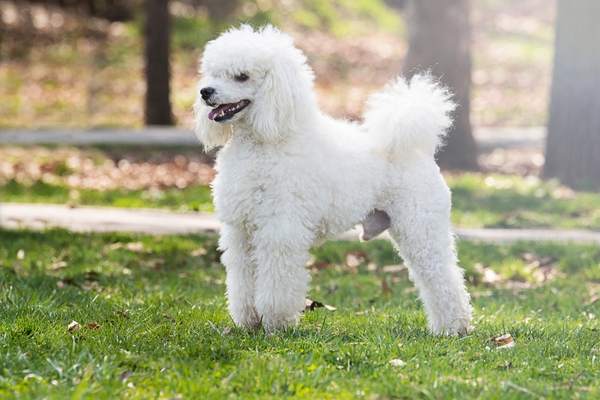
Poodles are often considered hypoallergenic, meaning they’re less likely to trigger allergic reactions in humans. This is largely because of the breed’s single-layer coat that produces less dander than other breeds with thicker coats.
Secondly, Poodles have a low-to-non-shedding coat which helps reduce the amount of allergen circulating through the air. The poodle’s hair also has the ability to repel dirt and odors, making them easier to clean than other breeds as well.
Despite their hypoallergenic nature, Poodles still require regular grooming – brushings and trimmings – to keep their coats healthy. Ultimately, knowing that a Poodle is hypoallergenic can be a comfort for many people who suffer from allergies but still want to own a pet dog.

